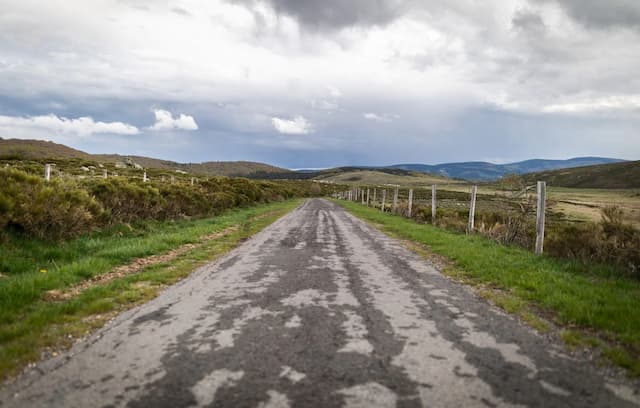Near Brest, an Exceptional Archaeological Site

Objects more than 14 000 years ago were discovered in Plougastel-Daoulas (29). They are the oldest traces of art ever discovered in Britain, treasure trove for archaeologists.
This is a (very) large stone, well known to climbers. In the wood Kerérault, Plougastel-Daoulas (Finistère), the Rock of the Empress recently gained international notoriety.
It was there, fifty meters above the Iroise Sea, the oldest prehistoric traces of art in Brittany have been uncovered by a team of archaeologists.
“In reality, the discovery dates back to 2013, says Nicolas Naudinot, professor at the University of Nice and head of excavations. But we had to keep the secret for all these years because of looters. “
Flints
The real story begins on a stormy night in 1987. Uprooted by a hurricane, ripped pine leaves emerge pottery shards and bones. Alerted, the director of the Departmental Center of Archeology at the time, Michel Goffic, goes there.
Exploring the scene, he discovers … flints dating from the Paleolithic. “At the time, it was impossible to undertake excavations since the land was private,” says Nicolas Naudinot. Archaeologists must wait until the county council of Finistère becomes owner of the site in 2010. The first excavation in the summer of 2013.
Armed with simple trowels, teams thoroughly inspect the premises. Hundreds of objects are harvested, from the former Azilian, a period “poorly known” by scientists.
Unprecedented in European prehistory
Until the miraculous pick of luck, that occurred on the last day (!) Of the site. “Michel Goffic appointed a plate, saying in jest that it was engraved. Except that the cleaning, he realized that it really was! “
Stunned, archaeologists distinguish two aurochs heads engraved on each side of the slate plate. Remarkably, they are surrounded by rays. “This is something unprecedented in European prehistory. Nobody had ever seen anything like it! “ Enthuses Nicolas Naudinot.
Without revealing their symbolic meaning, the engraved tablets, however, allow the fifteen mobilized experts to learn more about the Azilian.
“This period was marked by strong technological developments. But the artistic traditions, they seem to have been preserved from the previous era “ , explains the researcher in prehistoric groups of the late glacial.
Hunter-gatherers
By digging more than 4000 objects, 45 of shale fragments engraved, teams could draw a sketch of the occupants of the Rock of the Empress. “It was probably a small group of hunter-gatherers in full hunting expedition in the valley. “
The discovery, exceptional beyond the regional, was the subject of a publication in a prestigious American magazine last month. Next July, and for at least another two years, professional and amateur archaeologists resumed excavations on the site.
They now hope to obtain a more comprehensive view and, why not, to find traces of earlier occupation …
Enjoyed this? Get the week’s top France stories
One email every Sunday. Unsubscribe anytime.


